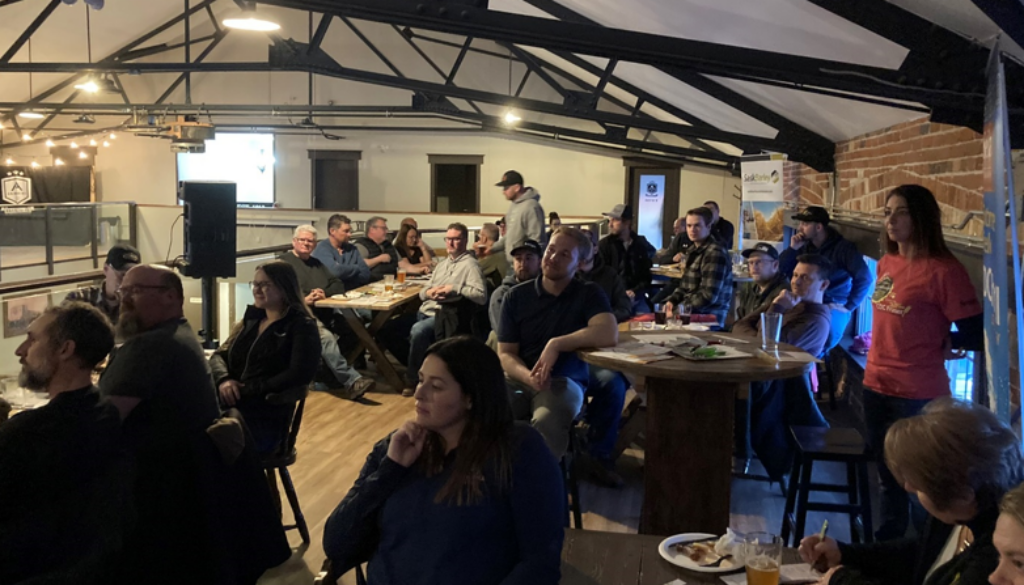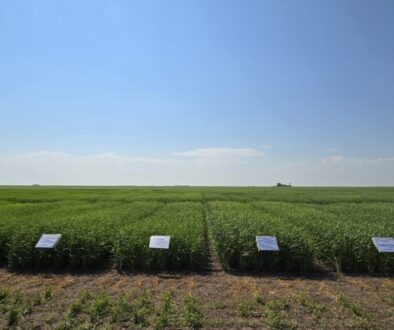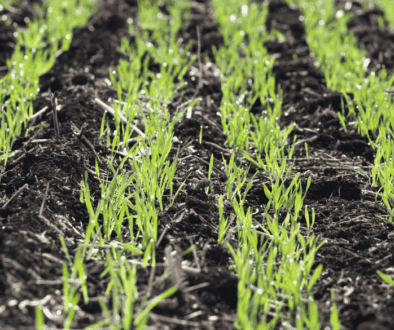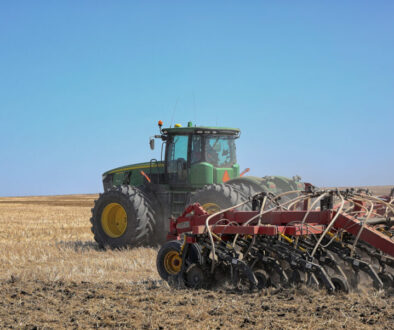BarleyBin Live at the Armoury
By Mitchell Japp, MSc, PAg
BarleyBin Live in North Battleford was the place to be on March 14th. SaskBarley brought the BarleyBin Live event to the Armoury, and North Battleford and area responded with a sell-out event.
BarleyBin Live was launched in 2022, as a down-to-earth event, targeting presentations that get discussion rolling, just like when you’re sitting down with a friend for a coffee or a beer. Actually, it’s not just like that – it’s exactly what it is.
The topics rolled from one to the next, kicking off with an update on the policy discussions that have been taking place around the federal government’s goal of reducing nitrogen fertilizer based emissions by 30% by 2030. Dale Leftwich, the Policy Manager at SaskCanola, updated attendees on the assumptions that have been made on what current emissions are. Dale outlined that the original assumptions were based on a much wetter environment than Saskatchewan, which overestimated Saskatchewan emissions. Dale tackled the current inability to measure and monitor N fertilizer based greenhouse gas emissions on a national level and how SaskCrops has been contributing Saskatchewan’s perspective on the topic.
That rolled into the potential for what new varieties can deliver Saskatchewan barley growers. Lauren Wensley (SeCan), Charlotte Greenshieds (Canterra Seeds) and Cordon Geisam (FP Genetics) each presented on the best new malting and feed barley varieties available and soon to be available to the market. CDC Fraser and AAC Connect are both popular with growers and under increasing demand by end users. AAC Synergy is the second most commonly grown malt variety, having now surpassed AC Metcalfe in acres. Market development is in very early stages for CDC Churchill, AAC Prairie and CDC Copper – but evaluation is underway. Some exciting new feed and forage varieties were highlighted as well, including CDC Renegade (dual purpose forage), CDC Durango, AB Maximizer, and AAC Lariat.
The seed industry reps talked about variety transition, which connected nicely with the last presenter of the evening, Daniel Hymus from Boortmalt. Daniel went into the details of cascading scales of analysis and evaluation necessary to determine the potential suitability of a variety for the brewing industry. Analysis starts in the lab, then pilot scale and finally a trial. All of which have to be assessed against different types of malt (primarily all malt vs adjunct brewing) for several key marketplaces.
As the presentations concluded, the discussion continued on all things barley.
SaskBarley will be looking for locations and topics of discussion for the next BarleyBin Live when it returns next winter. Let us know what you want to hear and where.





